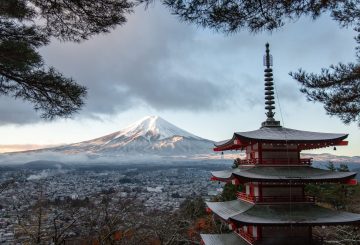工党领袖克里斯·希普金斯周六在奥克兰发表讲话,称政府不公平地将毛利人作为目标。他提到,最近关于国家医疗机构虐待行为的报告显示了毛利人受到恶劣待遇的 “可耻历史”,包括种族主义和暴力。
希普金斯批评政府推翻了允许毛利人在地方议会中有发言权的法律,称这无视议会的需求。他还谴责政府决定恢复青少年罪犯新兵训练营,大多数参与者将是毛利人。他辩称,这些新兵训练营过去以虐待行为而闻名。
他批评了政府削减加热烟草制品税收的决定,声称这将导致更多的成瘾,尤其是年轻人的成瘾。希普金斯表示,政府正在听从烟草游说者的建议,而不是健康专家的建议。
他对澳大利亚首都直辖区党的一项法案草案表示反对,他认为该法案旨在限制毛利人的权利。他说,许多新西兰人希望支持毛利文化,改善毛利人的生活状况。他补充说,当毛利人成功时,每个人都会受益。
作为回应,澳大利亚首都直辖区议员托德·斯蒂芬森指责工党在新西兰制造分裂。他引用了一项民意调查,显示许多新西兰人认为,在工党的领导下,这个国家的分歧越来越大。斯蒂芬森声称,工党让不同的团体相互对抗,并试图非法修改宪法。他强调,在统一的民主制度下,包括毛利人在内的所有文化都可以得到庆祝。




























































